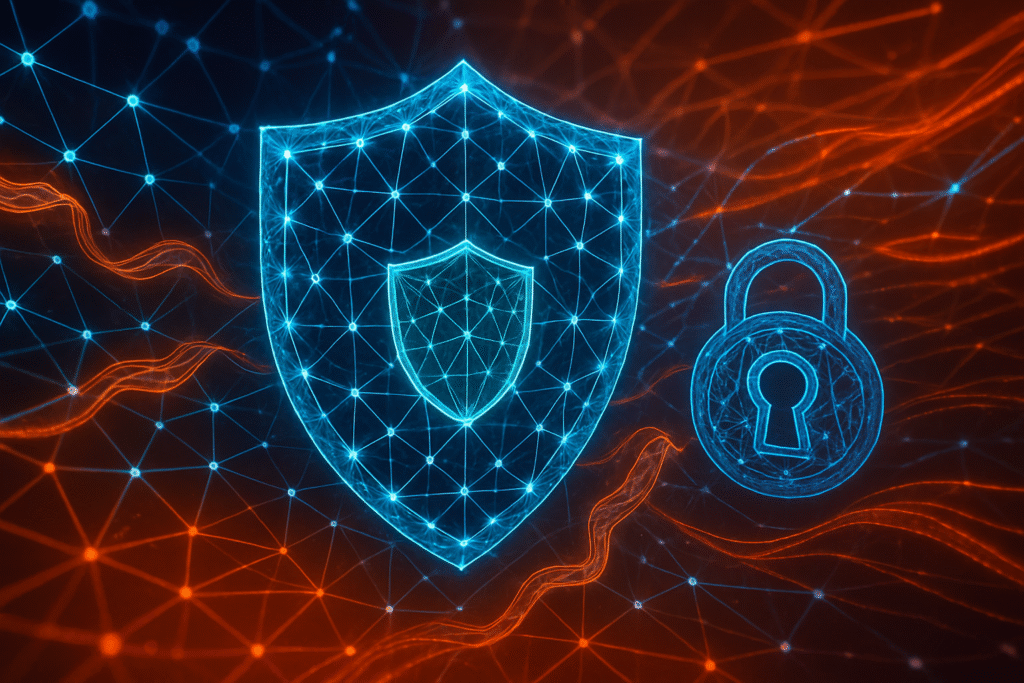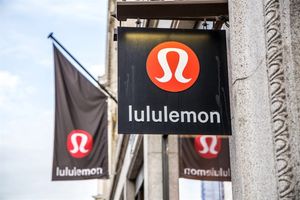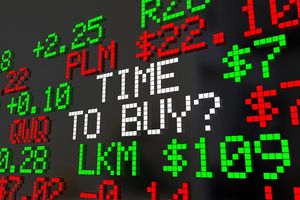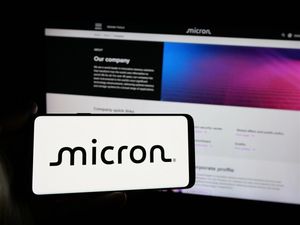
Brussels, Belgium – October 21, 2025 – In a landmark move poised to significantly bolster Europe's digital defenses, QANplatform, a leading quantum-resistant Layer 1 blockchain, officially announced today its membership in Blockchain for Europe. This pivotal collaboration, unveiled on October 21, 2025, marks a strategic alignment aimed at future-proofing the European Union's blockchain infrastructure against the looming threat of quantum computing. The immediate market reaction to this significant development has been observed as mixed, with the QANX token experiencing subdued price movements, yet the broader crypto community recognizes the profound long-term implications for the entire Web3 ecosystem.
The alliance is a direct response to the "Store now, decrypt later" (SNDL) or "harvest now, decrypt later" (HNDL) scenario, where data encrypted today could be easily compromised by advanced quantum computers in the near future. By integrating QANplatform's specialized expertise in post-quantum security, Blockchain for Europe seeks to accelerate the creation of a truly "quantum-safe ecosystem" across the continent, unlocking new use cases for both businesses and governments and driving essential policy initiatives at the EU level. This proactive step underscores a growing urgency within the blockchain and regulatory spheres to address the existential threat posed by quantum advancements.
Market Impact and Price Action
Despite the strategic significance of QANplatform's entry into Blockchain for Europe, the immediate market reaction for its native QANX token on October 21, 2025, has been largely subdued and somewhat mixed. Data across various cryptocurrency tracking platforms indicates that QANX experienced fluctuations, generally trending from slightly negative to neutral within the 24-hour period following the announcement. While some platforms reported minor declines of 0.5% to 3.86%, others noted a modest increase of around 2.17%, painting a picture of cautious investor sentiment rather than an immediate bullish surge.
The 24-hour trading volume for QANX hovered between approximately $161,000 and $237,000 USD equivalent. This volume, while consistent with ongoing market activity, did not reflect an exceptional spike typically associated with major positive news, suggesting that the market is processing the long-term implications of the partnership rather than reacting with instantaneous enthusiasm. Technical indicators around the announcement date largely pointed towards a "bearish" sentiment, with existing market conditions and short-term price predictions likely influencing the token's performance more than the strategic news itself.
This nuanced market response is not uncommon for strategic partnerships, which often yield their most significant benefits over the long term rather than triggering immediate price rallies. The absence of a dramatic price surge highlights the market's focus on tangible implementation and the timeline for widespread adoption of quantum-resistant technologies. Investors appear to be evaluating the announcement through a lens of future security and regulatory alignment, rather than speculative short-term gains, positioning QANX for potential future growth tied to the success of EU-wide quantum security initiatives.
Community and Ecosystem Response
Given the very recent nature of the announcement on October 21, 2025, the broader crypto community's discussions and social media sentiment are still in their nascent stages. However, initial reactions from official channels and early commentators emphasize the critical importance of this collaboration for the future of blockchain technology. Roeland Van der Stappen, Chair of Blockchain for Europe, highlighted QANplatform's "invaluable expertise in post-quantum security" as a cornerstone for advocating and establishing a "truly quantum-safe ecosystem" for the European blockchain landscape.
This sentiment resonates with a growing awareness among crypto thought leaders about the inevitable threat of quantum computing. The partnership is seen as a proactive and essential step towards ensuring the long-term viability and trustworthiness of blockchain applications, including the rapidly evolving DeFi protocols, NFT projects, and Web3 applications. While specific discussions regarding the immediate effects on individual projects are not yet prevalent, the underlying message is clear: a secure, quantum-resistant foundation is paramount for the sustained growth and adoption of decentralized technologies.
QANplatform's track record, including its implementation of quantum-resistant blockchain technology within an EU country's public sector in 2024 and its membership in the Linux Foundation's Post-Quantum Cryptography Alliance (PQCA), reinforces its credibility. The ability to develop quantum-resistant smart contracts in any programming language (e.g., JavaScript, Python, Java) through its QAN Virtual Machine (QVM) is particularly lauded. This developer-friendly approach is expected to attract a wider pool of talent to build future-proof Web3 solutions, fostering a more resilient and innovative European blockchain ecosystem.
What's Next for Crypto
QANplatform's integration into Blockchain for Europe signals a critical inflection point for the crypto market, emphasizing the urgent need for quantum-resistant solutions. In the short term, this collaboration will likely accelerate policy discussions within the EU regarding the standardization and adoption of Post-Quantum Cryptography (PQC). Projects and enterprises operating within or targeting the EU market will need to closely monitor these developments, as regulatory mandates for PQC migration, similar to the EU's Quantum Strategy adopted in July 2025 which mandates member states to begin migrating to PQC by 2026, are becoming increasingly concrete.
Longer-term, this partnership could serve as a blueprint for other regions and industries. The competitive landscape for blockchain projects will increasingly favor those that can demonstrate robust quantum resistance. This will likely spur further research and development into new blockchain architectures, cryptographic algorithms, and hybrid approaches to secure existing major blockchains like Ethereum and Bitcoin. Expect to see increased collaboration between academic institutions, private companies, and governmental bodies to collectively address the quantum threat.
Strategic considerations for investors should now explicitly include a project's quantum readiness. While speculative trading might focus on short-term news, savvy investors will increasingly evaluate projects based on their long-term security posture against quantum attacks. Potential catalysts to watch include further EU policy announcements, successful pilot programs demonstrating quantum-resistant blockchain applications in critical infrastructure, and advancements in the NIST PQC standardization process. The scenario where unprepared blockchains face significant security breaches due to quantum computing capabilities remains a tangible threat, making proactive measures by platforms like QANplatform not just an advantage, but a necessity for future crypto adoption.
Bottom Line
The joining of QANplatform with Blockchain for Europe is a watershed moment for the crypto industry, particularly within the EU, signaling a firm commitment to securing digital assets and infrastructure against the impending quantum threat. For crypto investors and enthusiasts, the key takeaway is the undeniable shift towards quantum-resistant blockchain technology as a fundamental requirement for long-term viability and trust. While the immediate market reaction for QANX was muted, the strategic importance of this alliance cannot be overstated.
This collaboration is a testament to the growing understanding that quantum computing is not a distant threat but a present challenge that demands immediate and comprehensive action. It underscores the long-term significance of projects like QANplatform, which are not merely innovating but are actively building the secure foundations for the next generation of the internet. The success of this partnership, and the broader EU Quantum Strategy, will be crucial metrics to monitor for the future of crypto adoption.
Important dates and events to watch include the EU's mandated migration deadlines for PQC (starting 2026), further advancements in QANplatform's technology and its real-world applications within the EU public and private sectors, and the ongoing global efforts to standardize post-quantum cryptography. Ultimately, QANplatform's move is a powerful statement: the future of blockchain is quantum-safe, and Europe is positioning itself at the forefront of this critical evolution.
This article is for informational purposes only and does not constitute financial or investment advice. Cryptocurrency investments carry significant risk.





